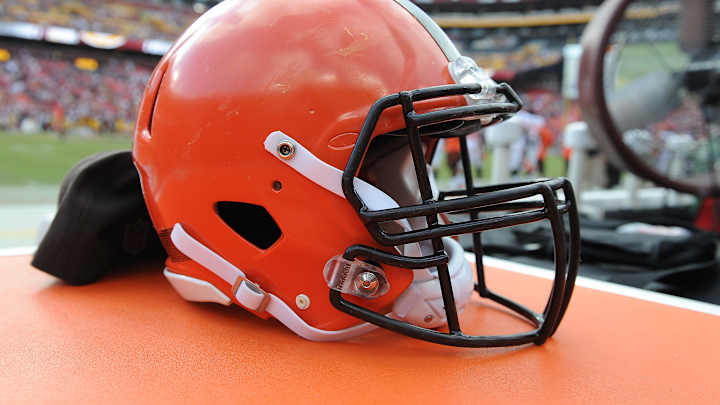How Are The Browns Leading the League in Cap Space Despite Paying Out So Much in Salaries?

The Cleveland Browns currently have the most salary cap space in the NFL with $38.6 million. While often attributed to the Browns not spending and potentially being cheap, the Browns are currently slated to spend $201 million on salaries in 2020, which ranks 14th in the NFL. They have the most cap room in the league, but are nowhere near the bottom of the league in terms of how much they are spending on their team this year.
Creative accounting and an understanding of the salary cap has allowed them to create an excellent financial situation, which should enable the Browns to be one of the best teams in the league in 2021 and 2022.
The Pittsburgh Steelers have enjoyed sustained excellence for years, always flirting with the salary cap limit from year to year, coming up with creative solutions to move money and keep themselves under the cap. Going back to 2016, the Browns tore down their team in terms of salary, creating a ton of salary cap, rolling it over from year to year, creating a massive cushion to operate.
The result is the following.
2020 Salaries Cap Space
Browns $201.6 million $38.6 million
Steelers $206.3 million $5.69 million
The NFL is set up to make sustained excellence really difficult to achieve. Despite the fact the Steelers are only paying five million more in salary, the Browns are in a comfortable position from a salary cap standpoint.
So, the question is how?
Let's use some really nice, round numbers to illustrate how it works. Say the Browns had $50 million in cap space in 2016 after tearing the team down to the studs to rebuild. There comes a point when teams can rollover their unused cap space into the next year. In 2016, the Browns would've rolled over that $50 million. Assuming all other expenses remain constant, the Browns would then have the $50 million in space and $50 million in rollover cap, giving them $100 million in cap space total to start out 2017.
Now, add in the adjustment in the salary cap, which has tended to be about $10 to $12 million per season. For the sake of simplicity, add $10 million to the $110 million figure. So in 2017, the Browns have $110 million in cap space. The Browns could then sign players in that offseason, but as long as they only spend that rollover cap figure of $50 million, they aren't really losing any meaningful space. Yes, they could roll over the whole $110 million if they didn't spend a time, but they can add players while still growing their cap.
They signed players like J.C. Tretter, Kevin Zeitler, Jason McCourty, (sigh) Kenny Britt. Again, for the sake of simplicity, assume they only spend the $50 million of salary cap they rolled over into 2018, allowing them to maintain the original $50 million they started with in 2017 plus the $10 million in additional cap space. Now, getting ready for 2018, they roll over that $60 million.
Between the $60 million they had and the $60 million they rolled over, they find themselves with $120 million. Another year of the salary cap increasing $10 million and it's $130 million. The team has more cap space but increased the amount they are paying in salaries for free agents to improve the team.
Make a few trades, adding Jarvis Landry, Damarious Randall and a few free agents, adding $50 million worth of salaries. That would still leave $80 million of cap room and only $60 million of that is real cap. The rest is unused rollover space. Heading into 2019, that's $160 million in cap space plus the $10 million the cap increased, giving them a total of $170 million in cap space. The team has increased their salary base every single year and improved their talent pool, but they have also gained cap space.
It doesn't take long to amass a significant amount of salary cap space, allowing for teams to operate far above the actual salary cap, enabling to make a run. As an example, the Indianapolis Colts, who had been amassing cap space for a few years went from over $100 million in space last year to now being scheduled to spend $231.2 million in salary. With the additions of players like Philip Rivers and DeForest Buckner, the team now hopes they can get to the Super Bowl.
It's a little curious that the Las Vegas Raiders and Buffalo Bills are scheduled to pay out over $220 million each this season, but let's get nuts.
The Browns are paying out $201.6 million this year and have a significant amount of talent on their roster. They also have $38.6 million in cap space. While adding more talent isn't out of the question, the goal is to rollover a significant amount of that space into 2021. If they roll it all over, they'd have $77.2 million in space heading into 2021.
They also will have a number of free agents, who signed one-year deals, which will have them with more space. The salary cap may not go up and actually could go down this coming year, but the Browns would still be in a position to add premium talent to their roster as they potentially make a push for the Super Bowl in 2021 and 2022 even after they extend Myles Garrett's contract.
